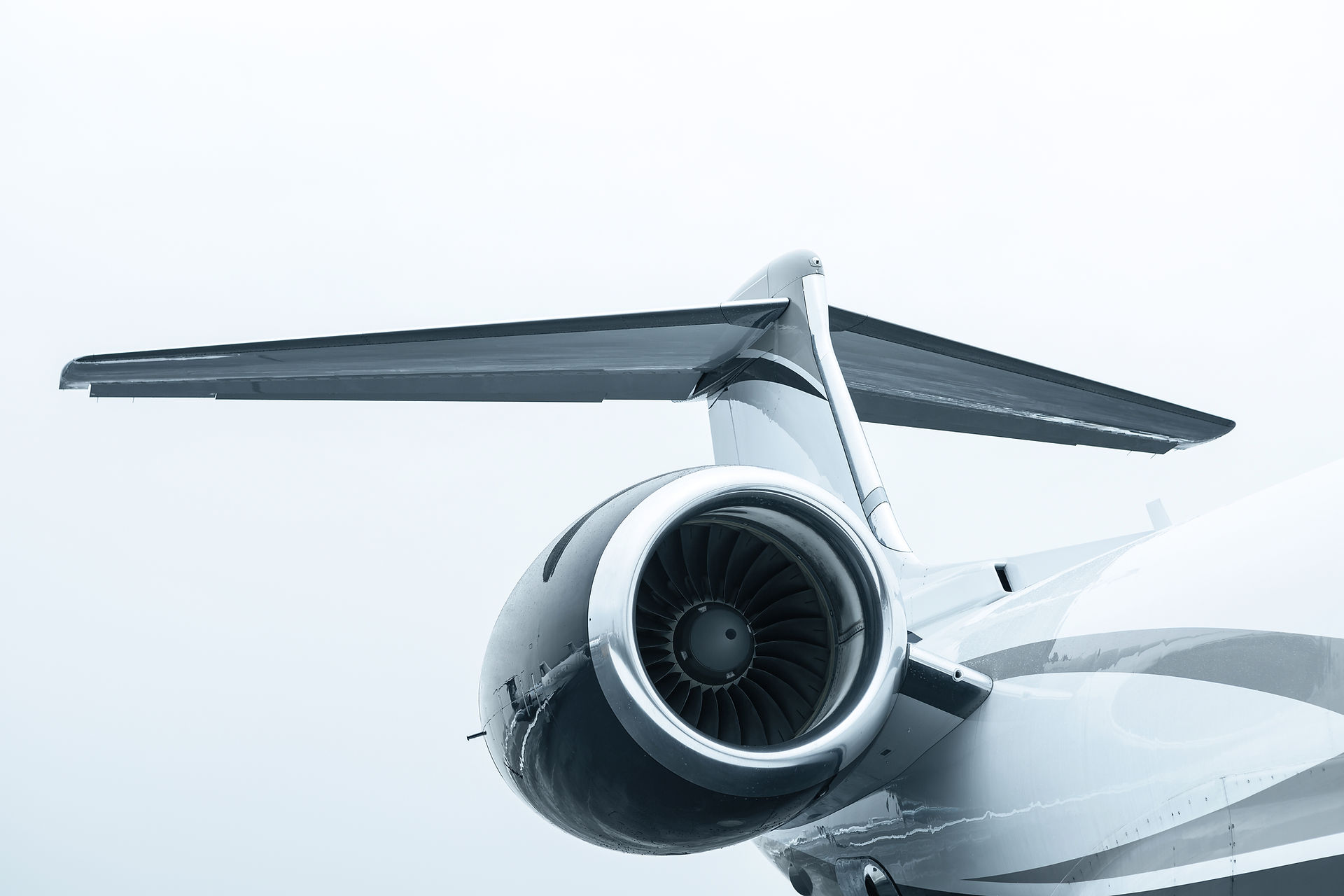Sustainable aviation fuel (SAF) may be the key to getting aerospace out of the downturn
- Caelen Phillips

- May 13, 2021
- 3 min read

COVID-19 has really hit the aerospace industry hard, as we well know. According to AARP, by the end of 2020 the unemployment rate in the travel sector went up by 5.8%. Decreased staffing, decreased air traffic, decreased seat occupancy; we've coped with a lot of economic hardship due to the pandemic. If we've learnt anything about previous recessions, however, it's the importance of using this time to innovate for future success. So, what have we been up to?
Well, on the manufacturing side, 3D printing is advancing to the point where metals of all kinds can be printed with up to 5 axes. This will hopefully be able to be used to a greater extent as companies begin to change their blueprints to allow 3D printing, much like GE did with a handful of part numbers last month. This is a tech we have been looking into so that we remain proactive alonside our OEM partners.
Wider adoption of 3D printing, and acceptance ofsuch part blueprints by the FAA, will allow for faster NPI processes since lead times can be reduced significantly. This is most important for SAF engines, which are currently not projected to be in widespread use until 2040. The slow uptake of SAFs can be, in part, attributed to the high costs compared to jet fuel. However, if enough companies have invested in the innovation in the last year then there may be enough R&D to reduce those costs. It appears that many fuel companies are already betting on its future, including Shell which recently invested in LanzaJet.
Why are they making a point to get invested now? Well, SAF saves 80% of carbon over the course of its lifecycle when compared to its traditional counterparts. In turn, this would reduce the aerospace industry's carbon footprint significantly and make it a more efficient form of travel as more and more greenhouse gas regulations are put into place. While aviation does only produce 2% of global manmade emissions, it would account for nearly 22% of the global carbon budget by 2050. Some aircraft manufacturers themselves are already working towards the SAF future. Being ahead of the curve and not competing against the clock set by the regulators is just one of many benefits in investing in SAF while the market is down, and the larger companies know it.
There is clear environmental and business justification for putting more stake into the development of SAFs, but there is also great monetary gain. Throughout the pandemic, production in the commercial sector has been down because of the significant decrease in demand. Other problems like Boeing's 737 MAX faults and the recent investigation into the PW4000 engines have contributed to airlines' wariness about buying up new aircraft. This is obviously a short-term issue so with production being near-standstill for such a length of time, it is clear that a large push in future-facing (and well tested) products is vital to industry-wide recovery.
Developing SAF that is more fuel-efficient and less expensive than jet fuel would prompt larger quantity orders for new technologies, much needed by aircraft manufacturers at all levels. Airlines are looking to save money wherever they can since they compete on a price basis, so this savings must also be worthwhile enough to provoke them to buy early in the product lifecycle. If done properly, this cash injection would be huge for growth throughout the supply chain and help to reinstate the image of aerospace as an innovative and booming industry.
All in all, enabling SAF as an environmental and economic solution is sure to be vital to quickly rebuilding the aerospace industry to its pre-pandemic levels, and beyond.




Comments